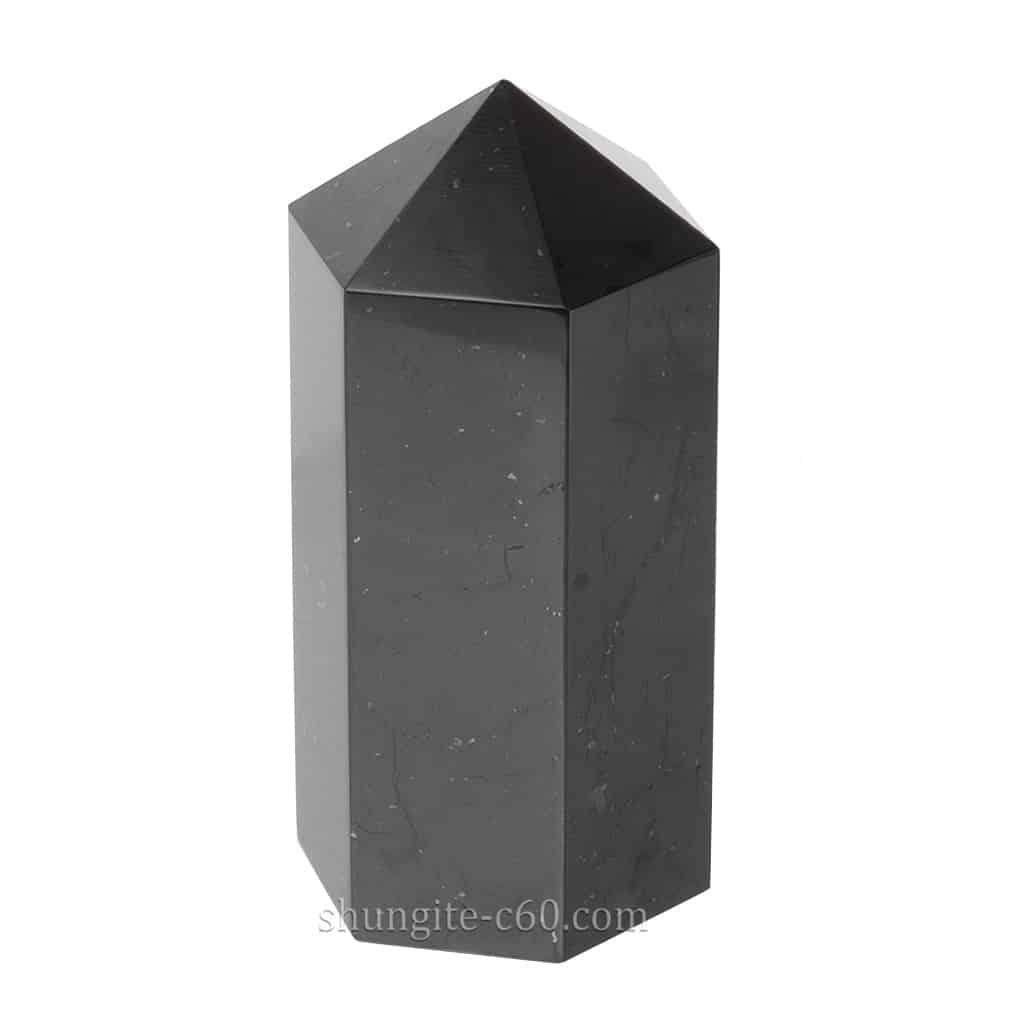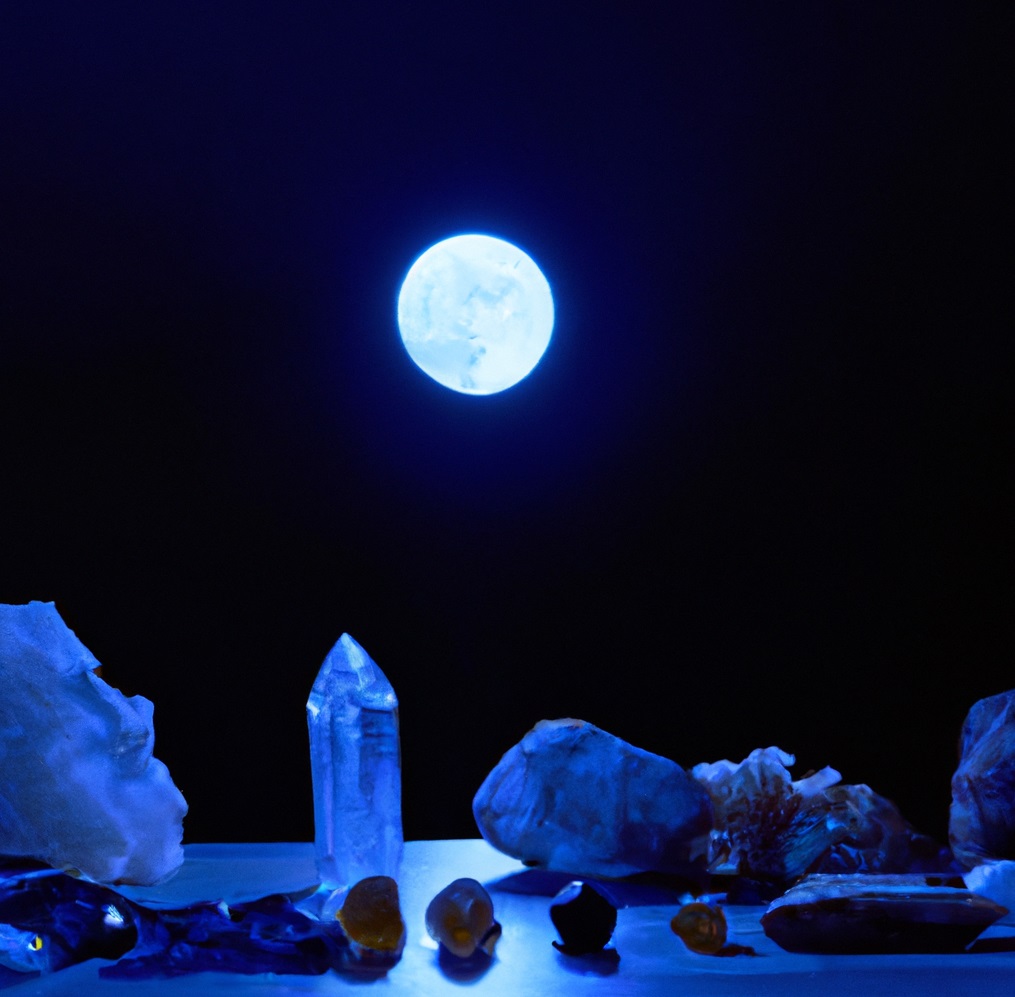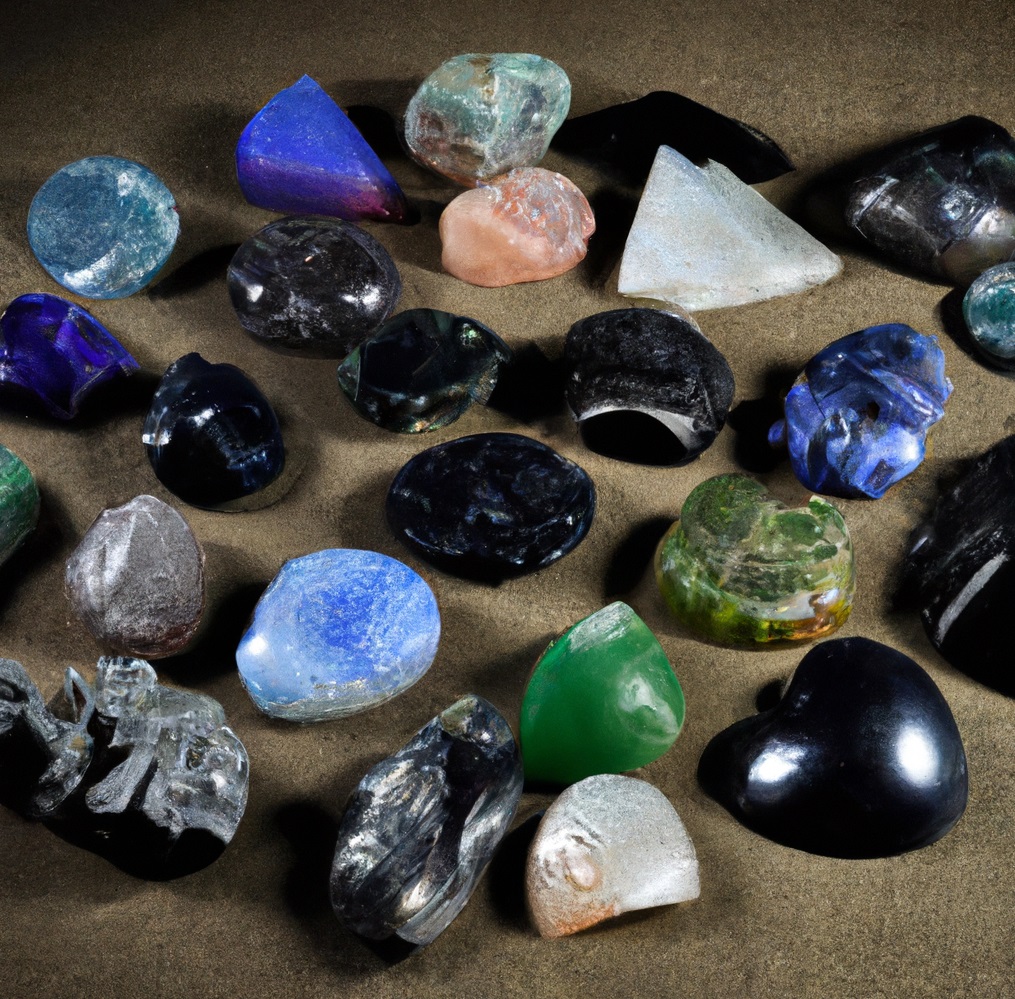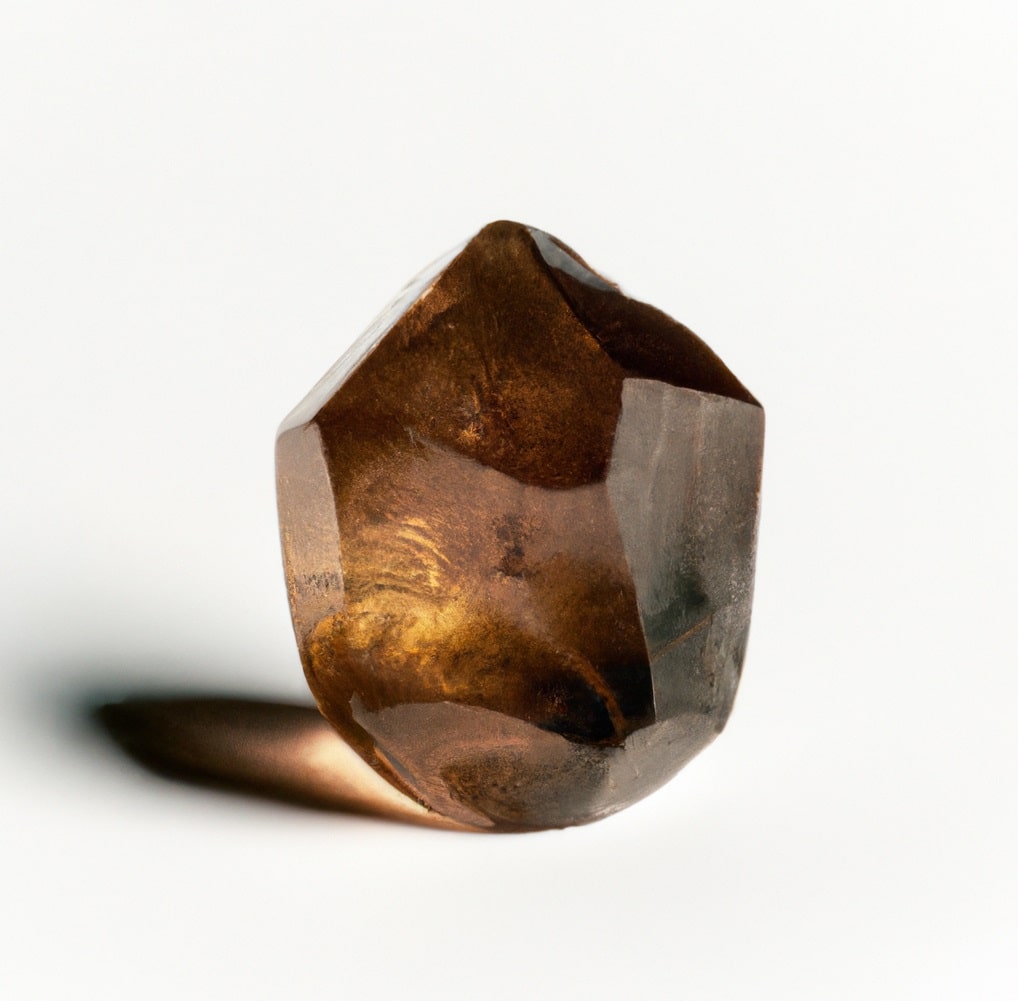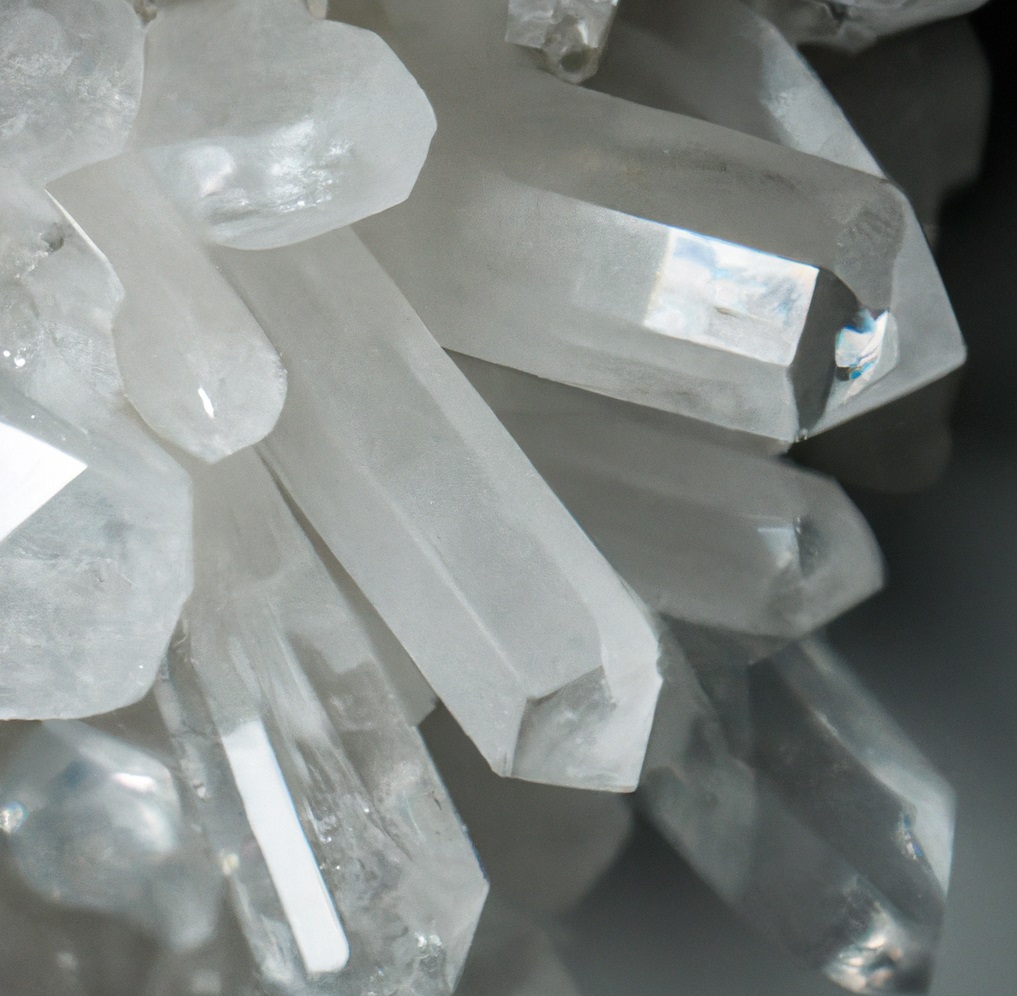Dark Jadeite: The Enigmatic Gem of Profound Beauty

In the world of gemstones, few can rival the mesmerizing allure of dark jadeite. Known for its exquisite deep green hues and profound cultural significance, this gemstone has captured the hearts of collectors, artisans, and enthusiasts alike. In this article, we will delve into the enchanting world of dark jadeite, exploring its history, characteristics, symbolism, and contemporary uses.
The Origins of Dark Jadeite
Dark jadeite, often simply referred to as jadeite, is a stunning gemstone that belongs to the jade family. It is a pyroxene mineral, primarily composed of sodium, aluminum, and silicate. The dark green color of jadeite is due to the presence of chromium and iron within the mineral.
The most prized sources of dark jadeite are found in Myanmar (formerly Burma), where it has been mined for centuries. The region of Kachin in Myanmar is renowned for producing some of the world’s finest and most sought-after jadeite. Other sources of this gemstone include Guatemala, Russia, and parts of Asia. It is worth noting that a very rare type of mineral is also mined in Russia – Shungite.
Characteristics of Dark Jadeite
What sets dark jadeite apart is its captivating color and remarkable durability. The dark mineral comes in various shades of green, ranging from deep emerald green to almost black. The most coveted hue is a vibrant, translucent green that is often described as “imperial green.”
Aside from its color, it’s known for its exceptional toughness, making it an ideal choice for carving intricate designs and crafting exquisite jewelry. Its hardness is second only to diamond on the Mohs scale, a testament to its resilience.
The Symbolism of Dark Jadeite
Dark jadeite holds profound cultural significance in many societies around the world. In Chinese culture, jadeite is considered the “Stone of Heaven” and is associated with virtues such as wisdom, purity, and harmony. It is believed to bring good fortune, protection, and longevity to its wearer.
In Mesoamerican civilizations like the Maya and Aztec cultures, jadeite held similar significance. It was often used in ceremonial objects, jewelry, and religious artifacts. Among the Maya, jadeite represented fertility, power, and wealth.
Contemporary Uses of Dark Jadeite
While dark jadeite’s historical significance is deeply rooted in tradition and culture, it continues to be highly valued in contemporary times. Its beauty and durability have led to its use in various forms of jewelry, including necklaces, pendants, rings, and bracelets.
Dark mineral carvings are also highly sought after by collectors and art enthusiasts. Skilled artisans create intricate sculptures and figurines that showcase the gemstone’s versatility and beauty. These carvings often depict animals, mythical creatures, and symbols with cultural and spiritual significance.
Beyond its aesthetic appeal, some people believe that mineral possesses metaphysical properties. It is thought to promote emotional healing, balance, and harmony. Some individuals wear dark jadeite jewelry or keep it in their living spaces as a source of positive energy and protection.
Evaluating the Quality of Dark Jadeite
When assessing the quality of dark jadeite, several factors come into play. Color is a primary determinant of value, with the most prized the dark mineral exhibiting a rich, even, and intense green hue. Clarity is also crucial, as high-quality jadeite should be free of visible inclusions or fractures.
Transparency is another important consideration. The finest mineral is translucent, allowing light to pass through and create a beautiful glow. Texture and surface finish are evaluated for carvings and sculptures, with smooth, polished surfaces enhancing their appeal.
The Jadeite Market
The market for dark jadeite has experienced significant fluctuations in recent years. Prices for top-quality imperial green jadeite have soared, driven by strong demand from collectors and investors, particularly in Asia. Auction houses around the world have seen record-breaking sales of jadeite jewelry and carvings.
However, the minerals market is not without its challenges. Issues related to ethical sourcing and environmental concerns have prompted calls for responsible mining and trade practices. Many consumers are now seeking assurances that the jadeite they purchase has been sourced ethically and sustainably.
Caring for Dark Jadeite
To preserve the beauty and longevity of dark jadeite, it is important to take proper care of this gemstone. Avoid exposing it to harsh chemicals, extreme temperatures, and prolonged sunlight, as these can affect its color and luster. When cleaning mineral jewelry, use a mild, soapy water solution and a soft brush to remove dirt and debris.
Store dark jadeite separately from other jewelry to prevent scratching and damage. With proper care, this mineral can retain its allure and significance for generations to come.
In Conclusion
Dark jadeite, with its rich history, captivating beauty, and profound cultural symbolism, is a gemstone like no other. Its enchanting hues and remarkable durability have made it a cherished choice for jewelry and artistic creations. As mineral continues to captivate collectors and enthusiasts worldwide, it remains an enduring symbol of elegance, virtue, and harmony, connecting the past and present in a timeless embrace.
 Dutch
Dutch English
English French
French German
German Italian
Italian Spanish
Spanish Swedish
Swedish